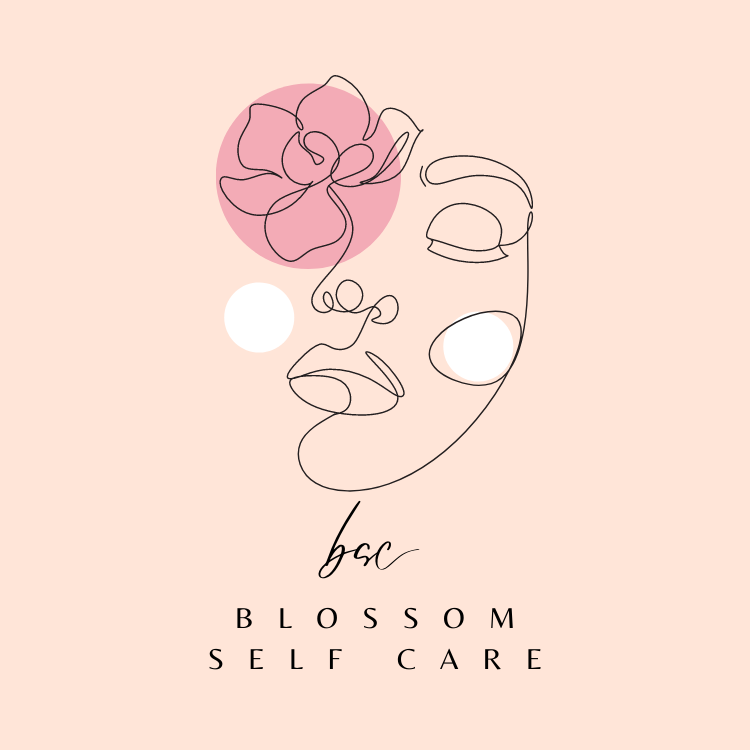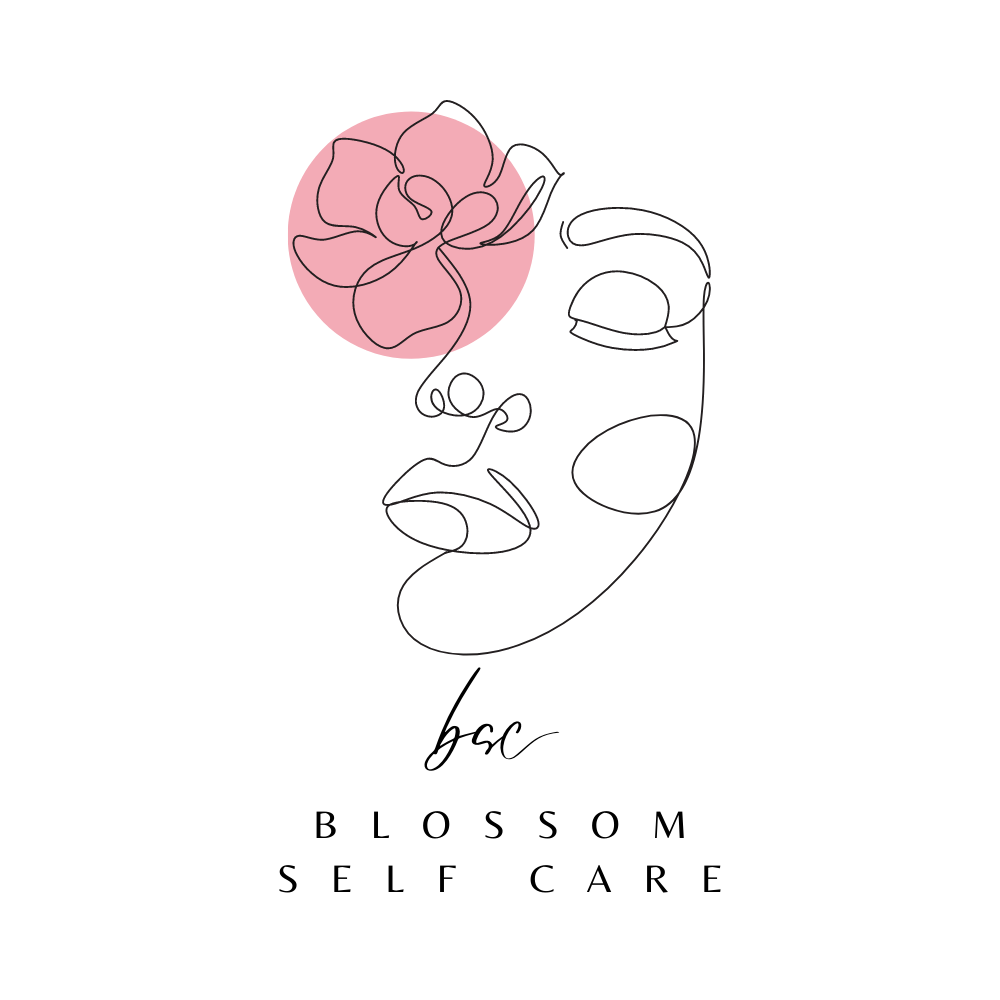Introduction
It's almost 2023, and you're ready for the year ahead. You've washed your car and cleaned out your closet, but there's one more thing that needs to happen before you can start fresh: getting organized for the new year. Bullet journaling is an incredible way to keep yourself accountable and motivated throughout the year—and it also helps you plan your life. If you're still trying to figure out what bullet journaling is or how exactly it works, don't worry! In this guide, we'll help demystify this great organizational tool so that you can get started on making 2023 awesome.
What is bullet journaling?

Bullet journaling is a creative way to organize your life. It's a combination of a planner and a diary, but its true value lies in its ability to help you stay motivated and focused on what matters most.
Bullet journaling can be used by anyone who wants to get organized and stay motivated, regardless of your age or occupation. Some people use it as an alternative to their daily planners because they feel that the format is too rigid for them—but bullet journals are not just for people who want something more flexible than traditional planners!
The best thing about bullet journaling is that you can create your own system by using whatever tools work best for you.
How does it work?
Bullet journaling is a flexible system that can fit into your life however you want. You don’t have to use it every day, and you don’t have to stick to the same format forever. When I first started bullet journaling, I was pretty strict about the layout and how much space I used for each thing. But now I try to just write down what feels right at the time—if that means lots of tiny tasks or just one big item at a time, then so be it!
That being said: if you do want some guidelines on what types of things to include in your bullet journal (and where), this post has all those answers for ya!
Spreads

You've heard the term "spread" before, but what is it exactly? A spread is a two-page spread that combines two or more collections together to create a mini-journal. The first collection on your first page will usually be about a specific topic (e.g., memories), while the second collection on your second page will be about another specific topic (e.g., places visited).
There are many different types of spreads you can create, and each one has its own purpose and function. Some spreads include prompts for you to write in them directly; others serve as more general notes pages; some are designed for daily planning purposes, and some are meant for long-term planning such as monthly calendars or yearly project lists.
A good rule of thumb: use collections when you want to record specific events or activities over time because they're flexible enough that they can fit into any type of project under any context (the best part about bullet journaling!). Use spreads when you need something more structured—something most commonly seen in daily planners—and don't have the flexibility required by collections!
There are many types of collections you can use in your bullet journal, but here are a few common ones:
-Monthly Calendar
-Weekly Spreads (e.g., weekly goals, daily to-do lists)
-Week at a Glance
Collections

Collections are a way to organize your thoughts and keep track of events, moods and goals. When you're bullet journaling, you can use collections to any purpose—you can even use them as a way to track habits!
Collections are an easy way to get organized without having to worry about getting too complicated with the layout of your pages. With bullet journals, you can't go wrong with this organizational method.
The key and index
In the diagram above, you can see that I've created an index and key for my bullet journal. The key is the list of all my symbols, which I carry with me as a reference and use to write in my bullet journal. The index is a list of every page in my notebook so I can find things more easily.
The benefits of bullet journaling
Bullet journaling can help you achieve a lot. Here's why:
⦁ It helps you to be more productive. When you know what your day looks like and when you have the time slots blocked off, it's easier to plan out your workday in advance. You'll see what tasks need to be done and which ones can wait until later on. This means that if something comes up, like an urgent phone call or meeting request, then it will automatically go on the calendar instead of being forgotten about until later on in the day or week.
⦁ Bullet journaling helps you organize your thoughts and ideas so they're easily accessible at all times (and even years down the line). If something pops into our minds, we write down how we feel about it so we don't forget about it later on — this could be anything from "I want chickens" (great idea) or "I got fired" (bad idea).
⦁ Bullet journaling helps build self-awareness by encouraging mindfulness throughout each day; by reflecting regularly on what has happened recently (or even just earlier today), we gain greater clarity into ourselves as individuals who can then make better decisions moving forward
- . Bullet journaling is also a great way to get organized. By writing down every task and appointment, you'll be able to see what needs to be done and when you have the time slots blocked off, it's easier to plan out your workday in advance. You'll see what tasks need to be done and which ones can wait until later on.
How to start bullet journaling
⦁ Buy a journal. You can find cheap ones at the bookstore, or buy one online. Also, make sure it's not too small or too big—you want it to be easy to carry around with you without being cumbersome.
⦁ Buy some pens! There are tons of different kinds out there; experiment with them until you find the ones that work best for you (and your budget).
⦁ Decide on a theme or color scheme for your bullet journal. Themes are great because they help keep things organized and consistent throughout your book, but if you're feeling overwhelmed by all the possibilities, follow one of these simple color schemes:
⦁ Monochromatic: Your pages all share the same hue (this is great if you want something simple)
⦁ Analogous: Use three shades that are next to each other on the color wheel (e.g., blue-green-yellow)
⦁ Complementary: Use two colors that complement each other well
A checklist for starting your own bullet journal

Before you start, make sure you have the right tools. Bullet journaling is all about your comfort level, so pick a notebook that's easy to handle and one color that makes sense to you. You should also think about the pen or pencil that will be easiest for you to use (and won't bleed through your pages).
Once you have your supplies in order, it's time to get creative with how and what you want to track. Think about what's most important in your life right now and what would help keep track of it—or look at someone else's bullet journal if that helps inspire ideas. Once this is decided upon, think about how often these things need tracking: daily? weekly? monthly? yearly? If necessary (and if space allows), consider breaking up certain collections into designated sections within the guidebook itself: one section for tasks due today; another section for those due tomorrow; etcetera.
As an added bonus tip: set up three additional collections on top of these main ones: "Bookmarks," "Mind Maps," and "Notes." The bookmark collection will allow whomever uses this book—the owner herself or some lucky friend/family member—to save interesting articles she finds online as well as any other unique items she may come across along her journey through life (we're talking ticket stubs from concerts or movie tickets); mind maps are perfect for brainstorming sessions; notes are great places where anyone could jot down any thoughts they have throughout the day while they're waiting at their desk job or riding public transportation home after work....
.
Bullet journaling has become an increasingly popular way to stay organized, and it's easy to see why. The basic idea is that you create a calendar, then use it as a place for all your plans, projects, goals, and more. It's like having your own personal assistant who sits on your desk waiting for you to tell him what needs doing next (and reminding you about any important dates). That kind of efficiency can come in handy when there are many things vying for our attention at once — or when we just want it all written down somewhere so we don't forget anything important!
But bullet journaling doesn't have to just be about planning out what's coming up in your life; if used correctly, it can also provide insight into how well-organized you really are at making progress in achieving those goals — or even determine whether certain aspirations need some rethinking before they're put into action.
Conclusion
You’ve now got all the information you need to start your own bullet journal. And if you’re already a fan of this method, we hope that this guide has inspired you to tweak and improve your own process. This isn’t a one-size-fits-all system; it’s meant to be flexible enough for just about anyone who wants to get more organized in their life. Remember: the best way to use this method is by following your intuition! You don't have to know exactly what will work for you before trying it out—just dive in and go from there. Your creativity will guide you through the process of discovering what works best for each day's tasks, goals, or even just doodles :)



Comments ()